
Search history
Clear allSearch by image
XDrag and drop an image here or upload an image
Max 5MB per image
UploadSign In | Join

Search history
Clear allSearch by image
XDrag and drop an image here or upload an image
Max 5MB per image
UploadSign In | Join
X Email Mobile
| submarine: 200*65 | CN¥ 0.0 | 9970 piece available |
|
A new item has been added to your Shopping Cart. You now have items in your Shopping Cart.
Direct factory mass custom can contact: 15858994086

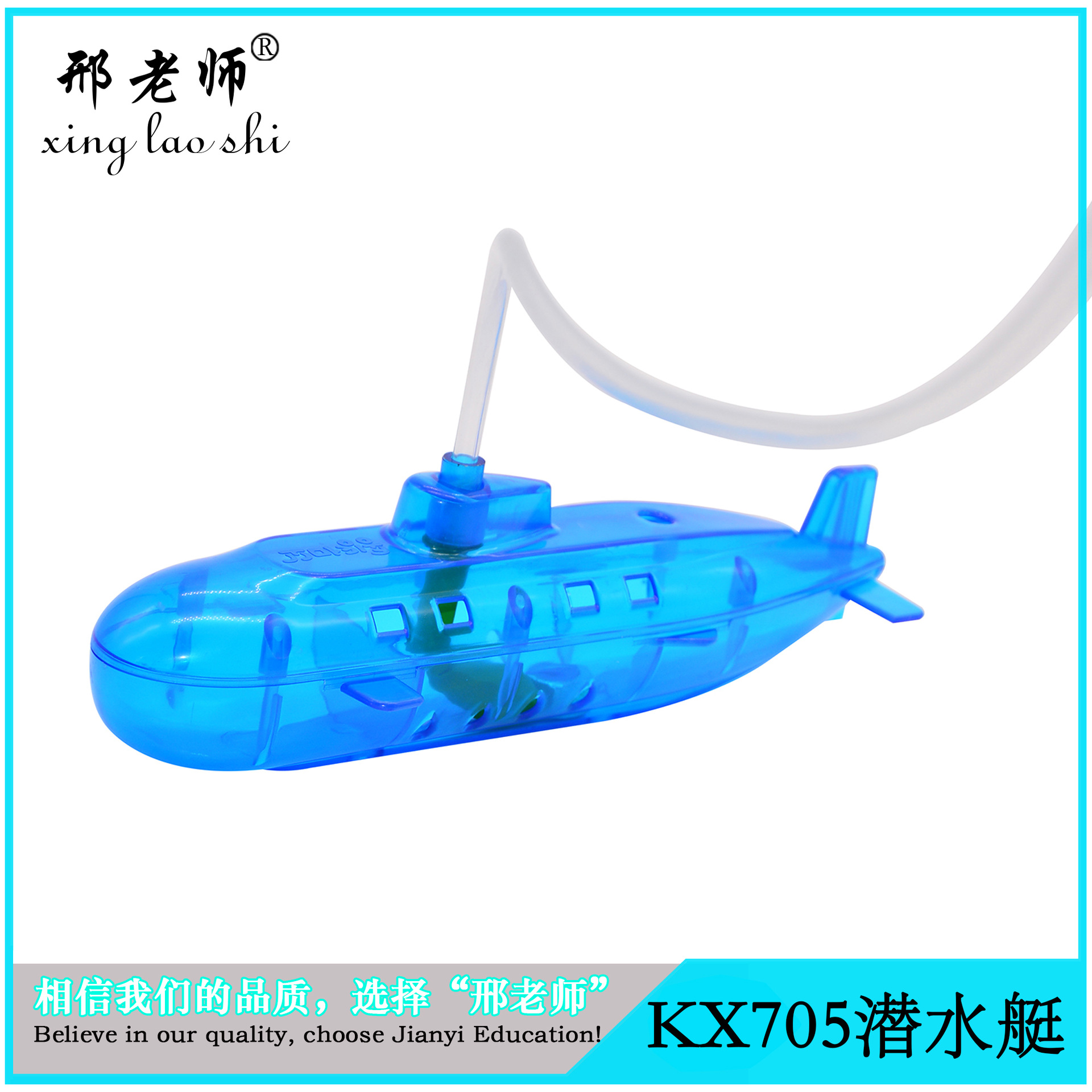
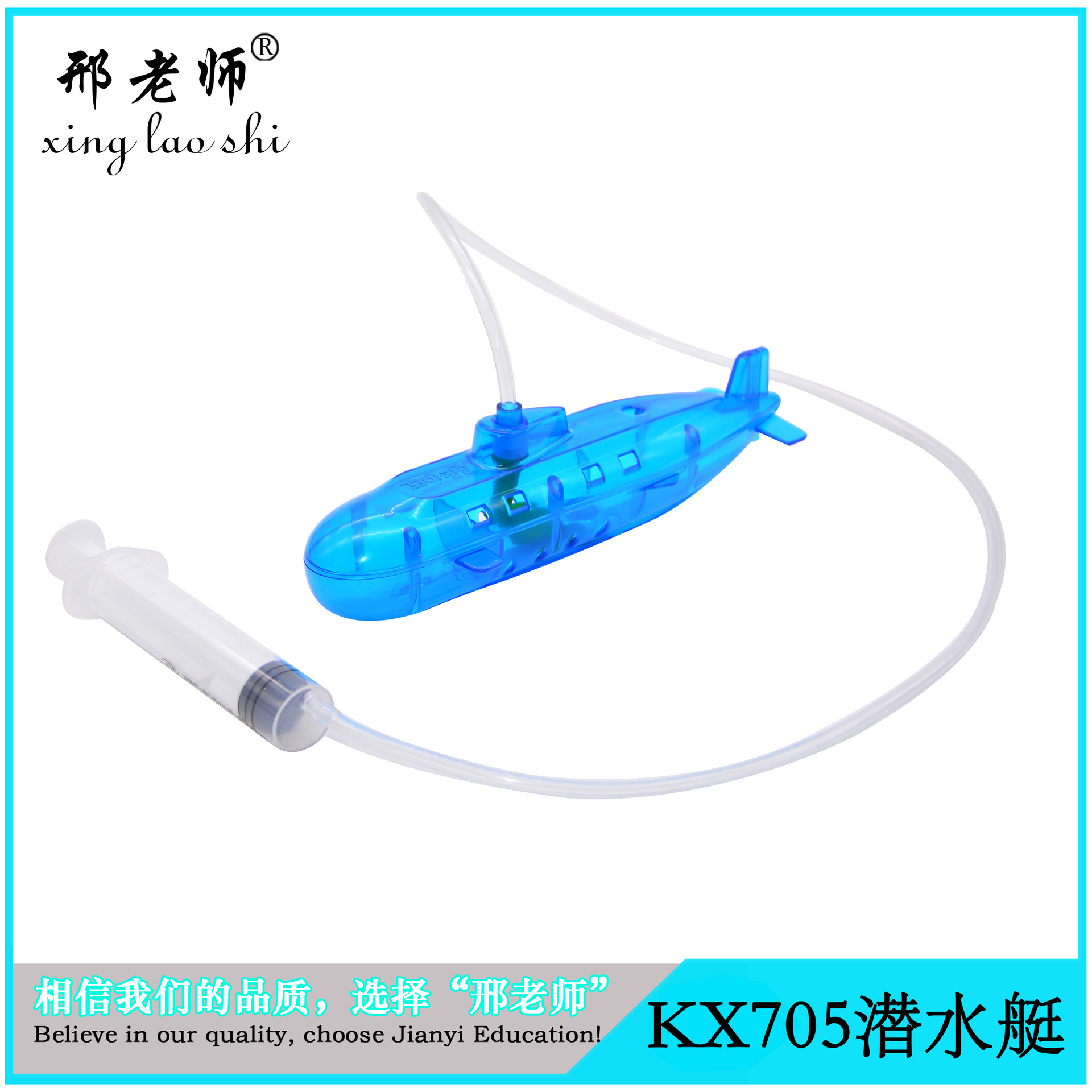


Product Name: KX705 Submarine
Product Code: KX705
Dimensions: Submarine: 200*65*60mm, tube length: 700mm, 20ml syringe
Weight: About 100g
Material: Plastic + Tubing + Syringe + Balloon + Screw Cap....
Color: Blue
Battery Required: No
Packing: 200 pcs
Box Specification: 600*450*550mm
Submarines, also known as submarine or submarine boats, are vessels that can operate underwater. Submarines are recognized as strategic weapons, which can move flexibly underwater for attacking enemy surface ships and submarines, as well as attacking important military targets on land. When necessary, they can also perform mine-laying, reconnaissance, and the transportation of troops and important military supplies. Submarines have good stealth and the ability to launch surprise attacks, and can continue to sail for a long time and long distance underwater. There are various types of submarines with different shapes, ranging from small, fully automatic or operated by one or two people, with operating times of several hours to large submarines that can carry hundreds of people and continue to cruise for 3-6 months, such as the Typhoon-class nuclear submarine of Russia. They can be classified by volume into large, medium, or small submarines, and underwater automatic mechanical devices, etc. In this experiment, let's explore the mysteries of the sinking and floating of submarines together!
Homemade Submarine: A Fun Float and Sink Experience
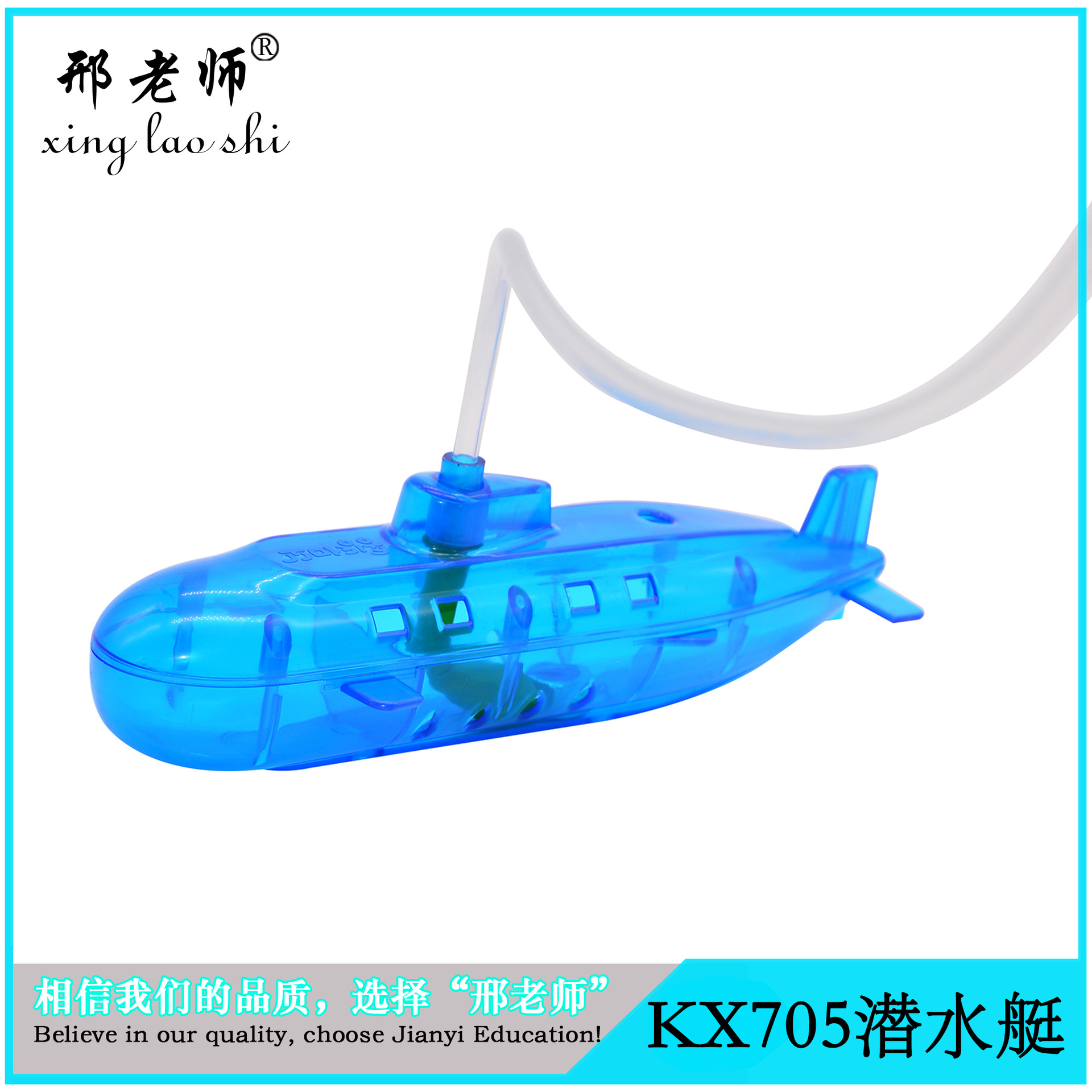
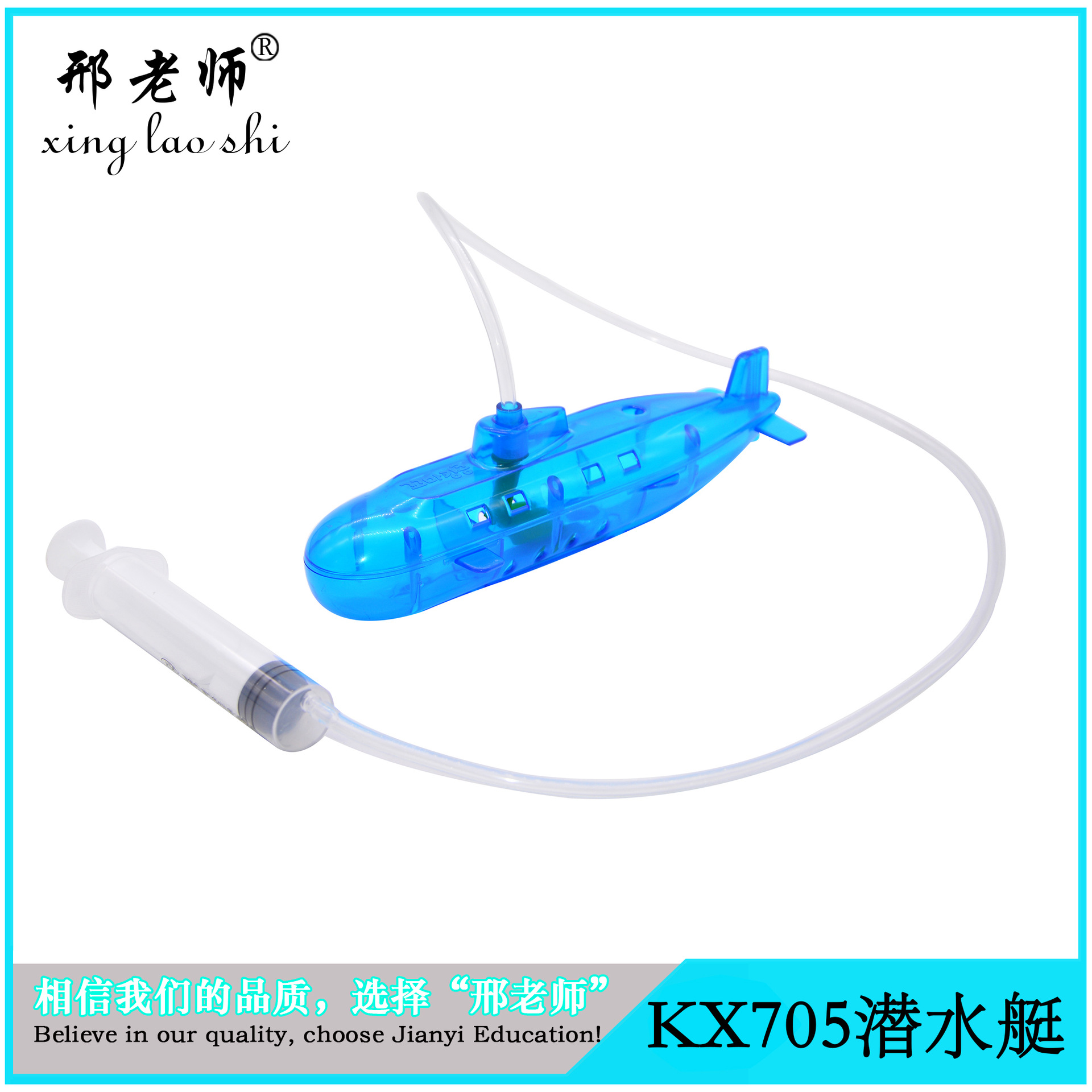
Activity Objectives
1. Understand the phenomenon of objects sinking and floating, and classify the items that sink and float.
2. Use various methods to float items that are sunken in water and sink items that are floating on the surface, and learn to record the results in a table.
3. Patiently and attentively conduct experiments, not afraid of failure, and experience the joy of solving real-life problems using buoyancy and sinking phenomena.


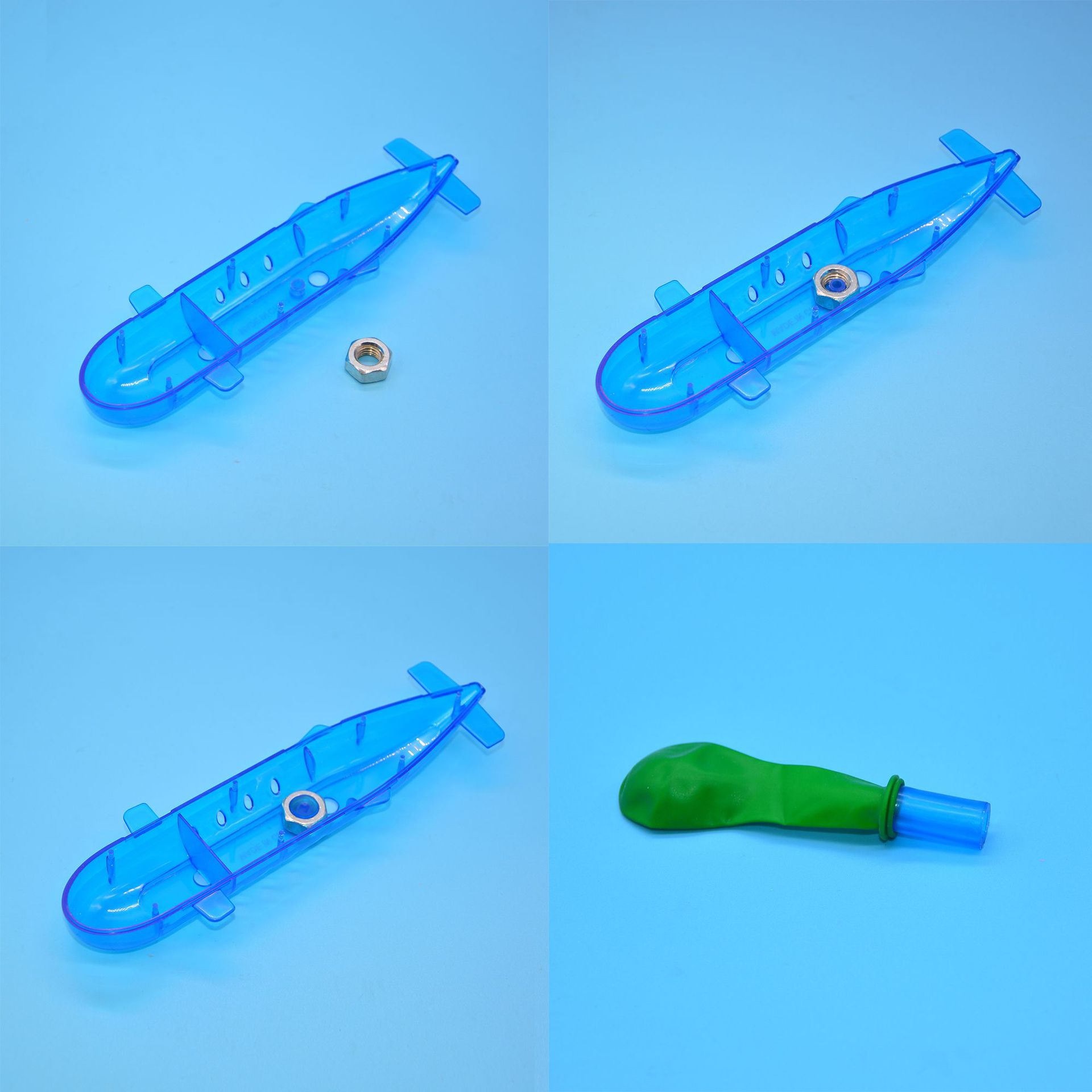
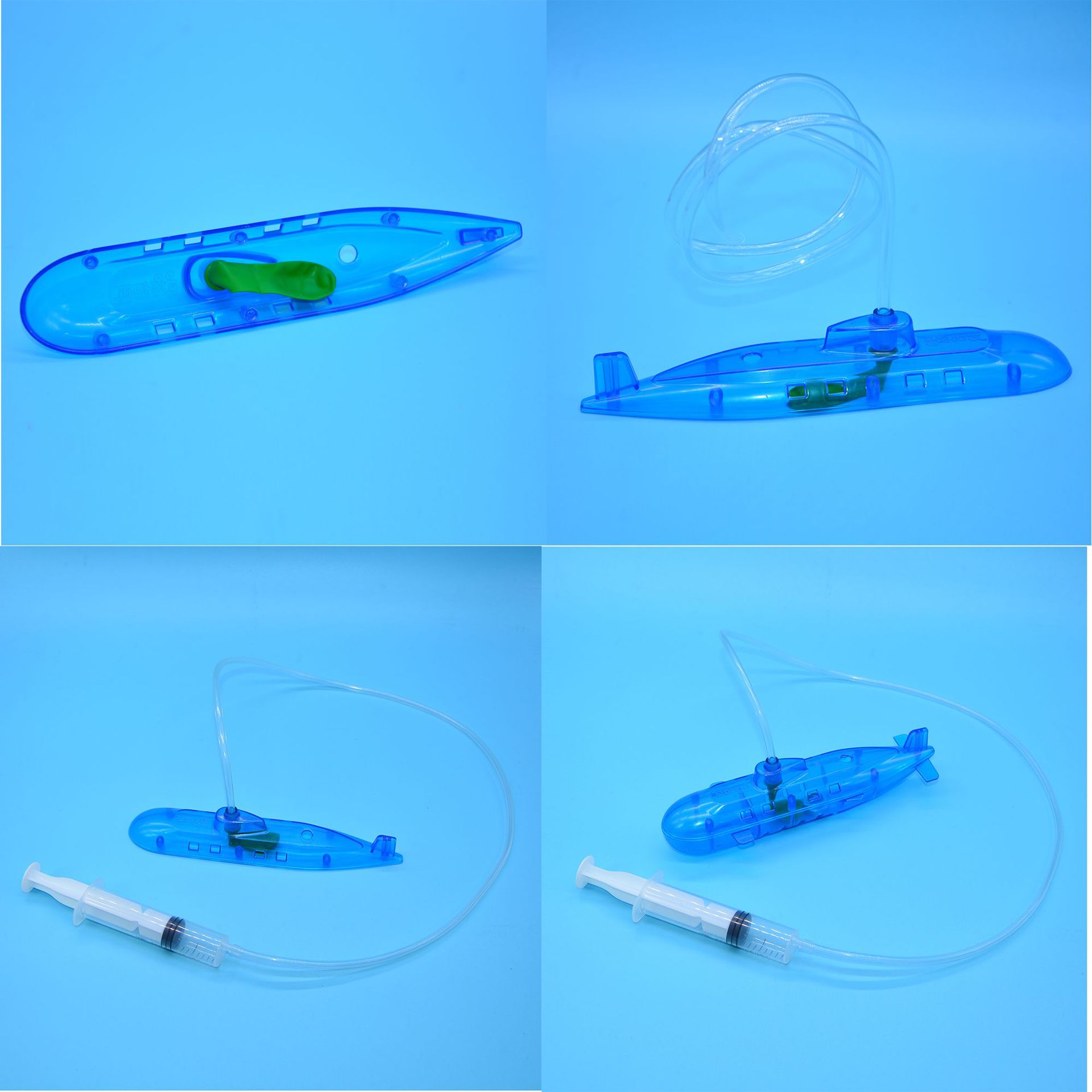
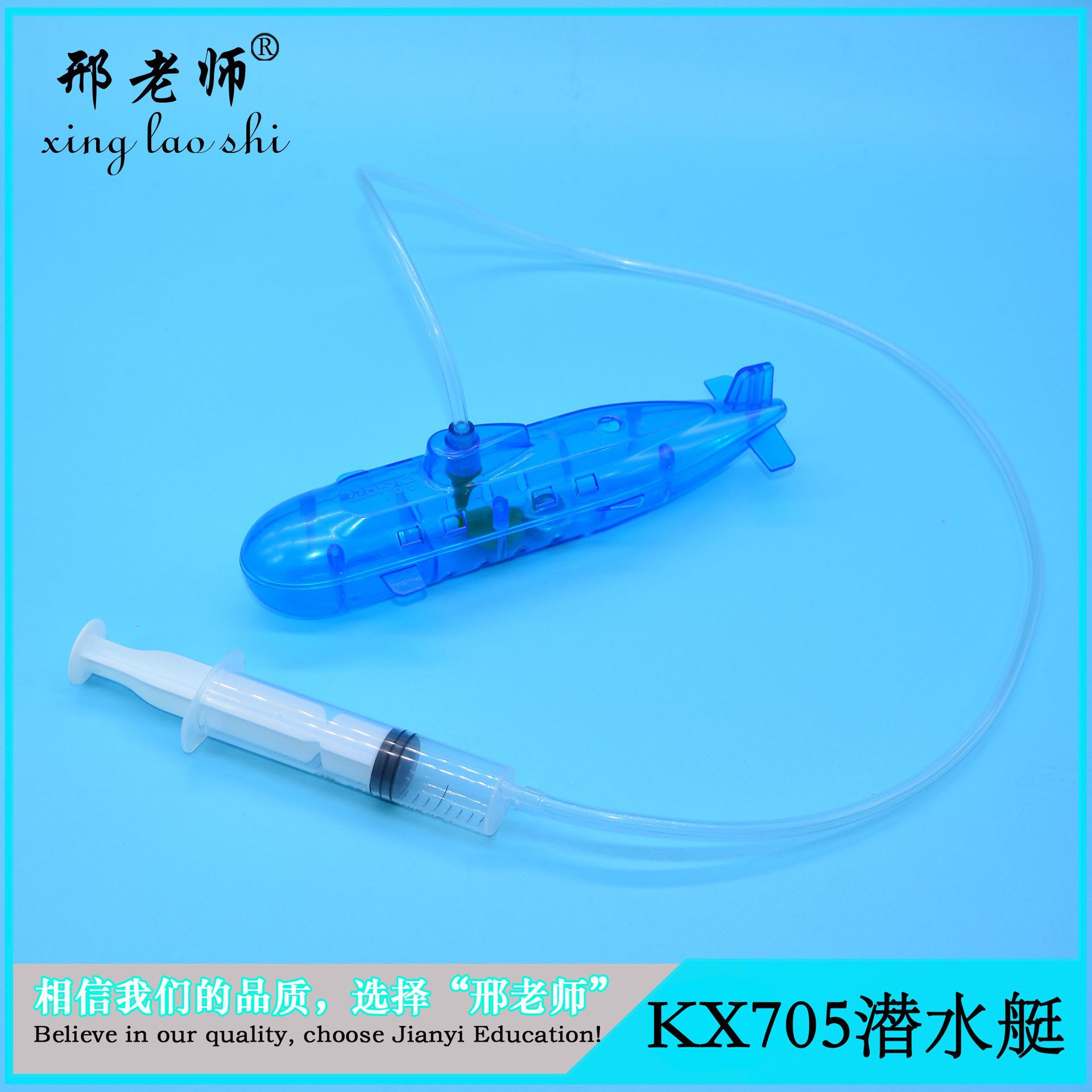
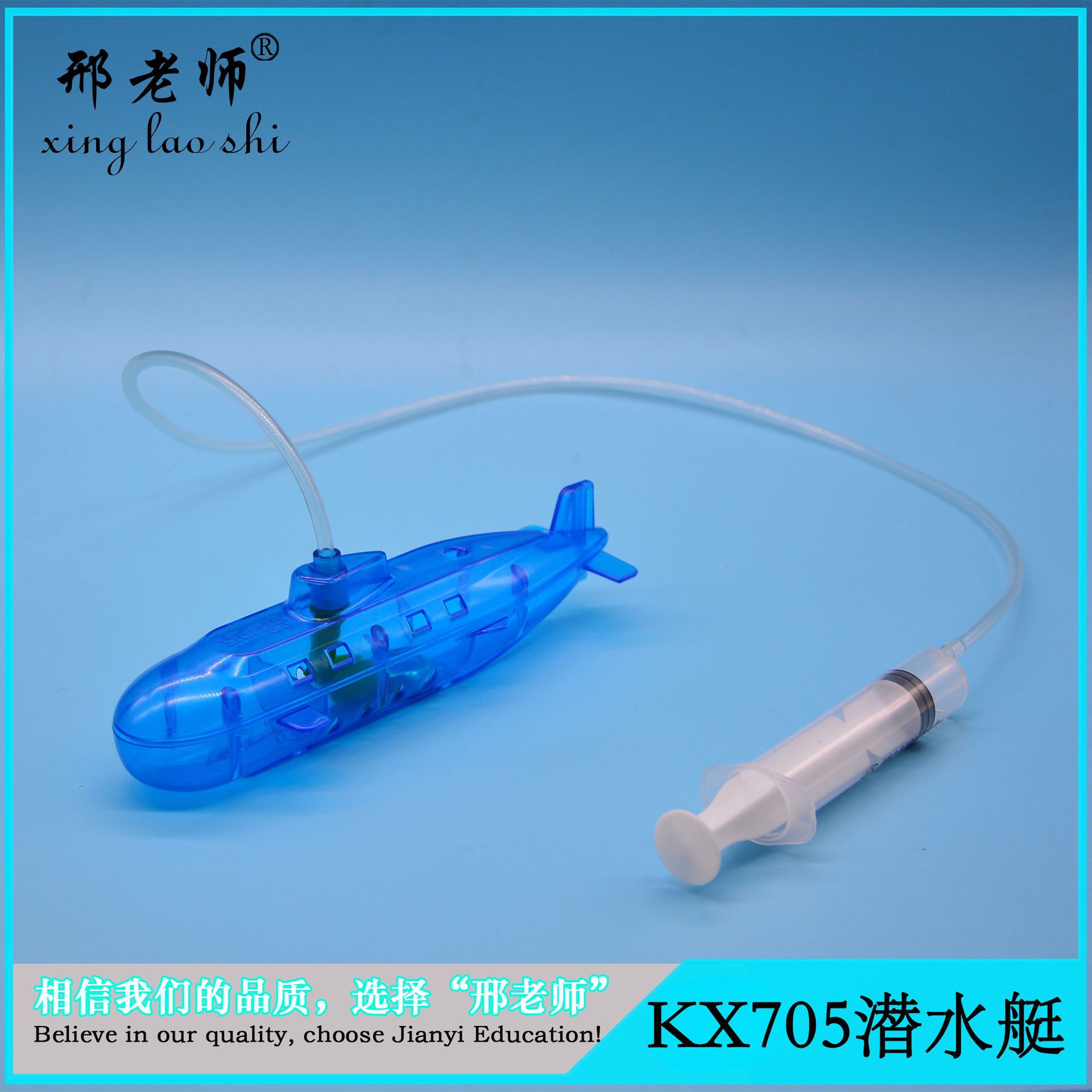
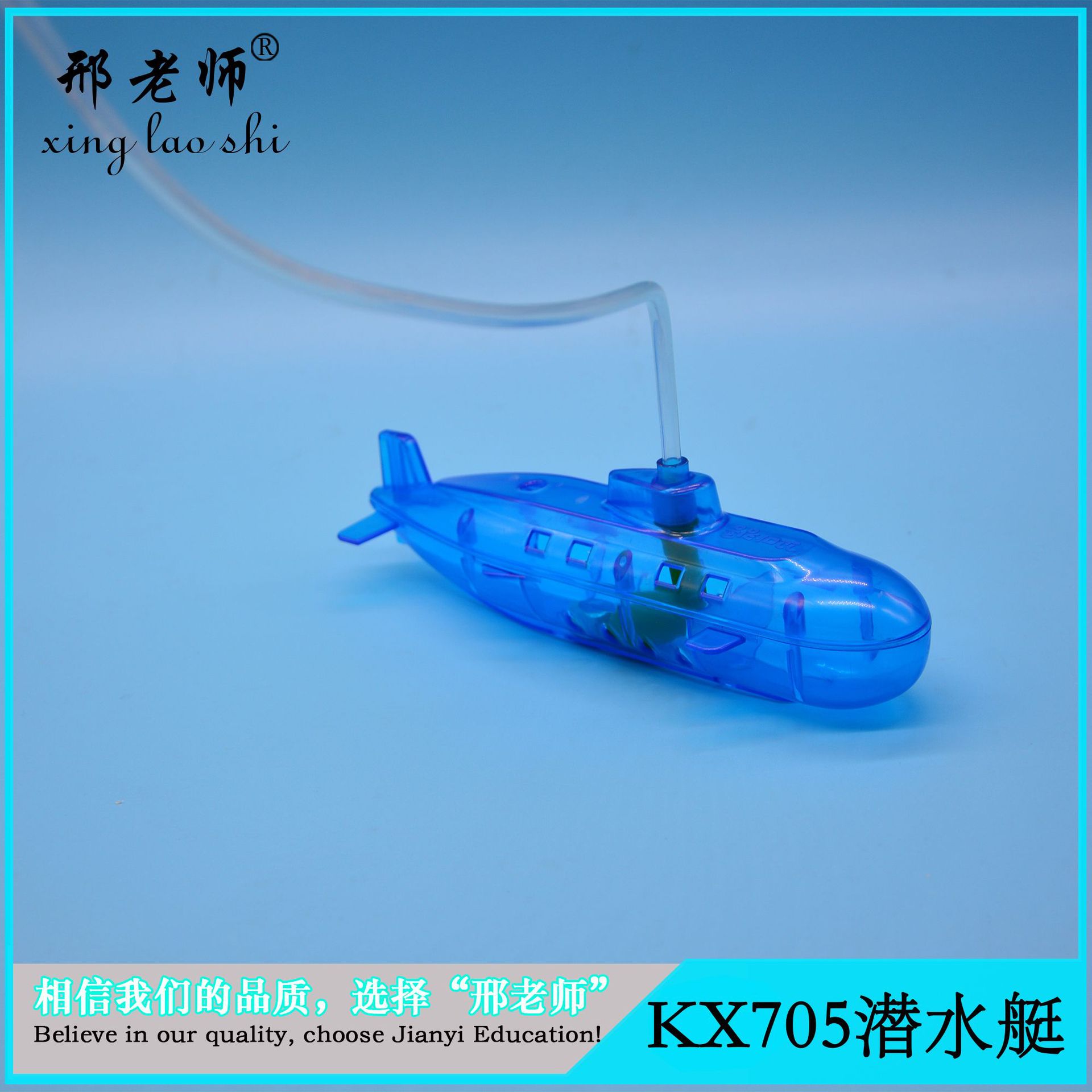
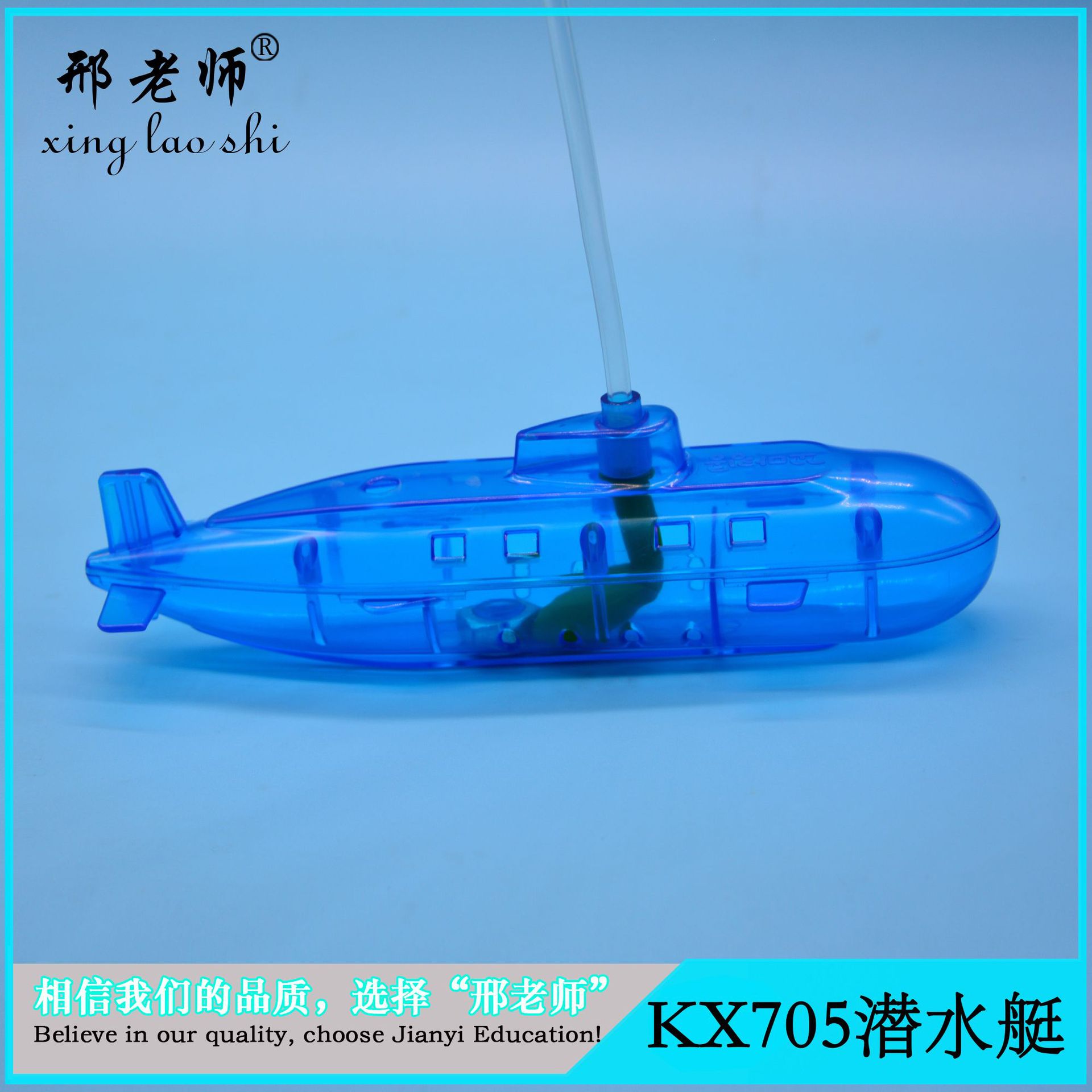
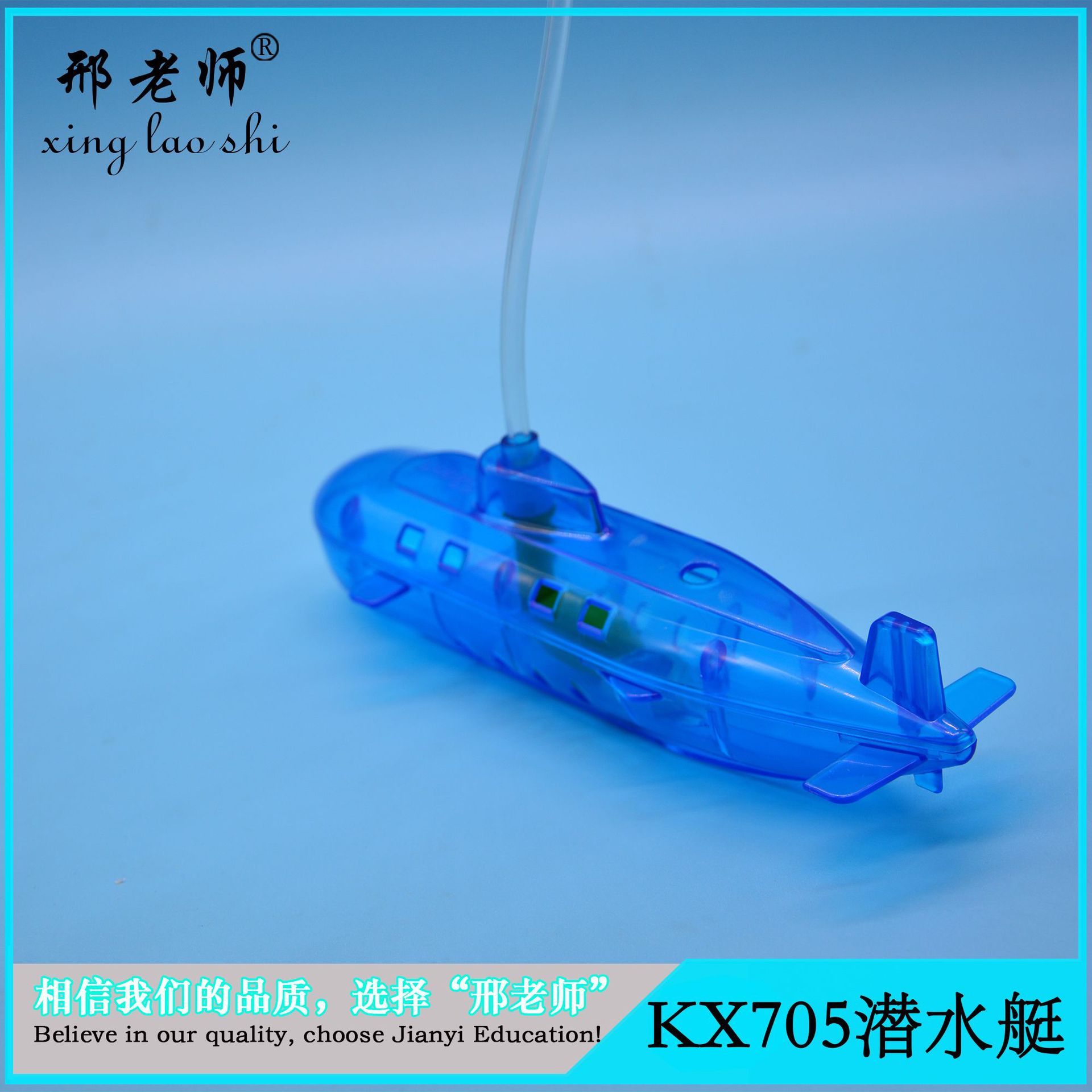

Activity Preparation
1. Submarine Material Kit, Water Basin for Experiment.
2. Each person should have a copy of the record form and a pen.
Basic Process
1. Introduction: Dialogue Introduction
"What do you think would happen when a submarine is placed into water?
Why does it float up? Why does it sink down? Explain the process of sinking and floating.
3. What else do you find floating on the surface of water in daily life? What does it sink in the water?
3. The teacher shows various items from the experiment to the children, who perceive their characteristics through looking, feeling, and weighing. They discuss the methods to make the items that sink float and the items that float sink.
Group discussions for young children, and try to explore various methods (teachers help children solve problems encountered in the process of operation)
(3)Individual communication: Encourage children to boldly tell and demonstrate their own methods.
The method to make heavy items float
The method of making floating objects sink
Summary: By changing the shape, weight, or using other objects, it is possible to make items that are sunken in water float, and items that are floating on the surface sink.
4. Utilize the experience of floating and sinking to solve practical problems in life.
What should I do if the ball falls into the hole and I can't take it out?
extend
Let's discuss with our parents at home: What practical problems can we solve in our daily life by using the phenomenon of floating and sinking?
Update time:
TOP